Search
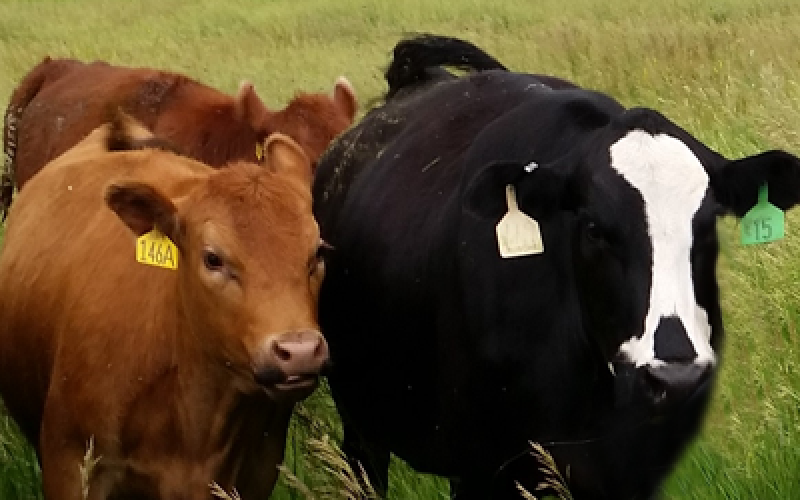
Replacement Heifer Calculator
Excel decision aid to assist producers decide whether to raise or purchase replacement heifers.
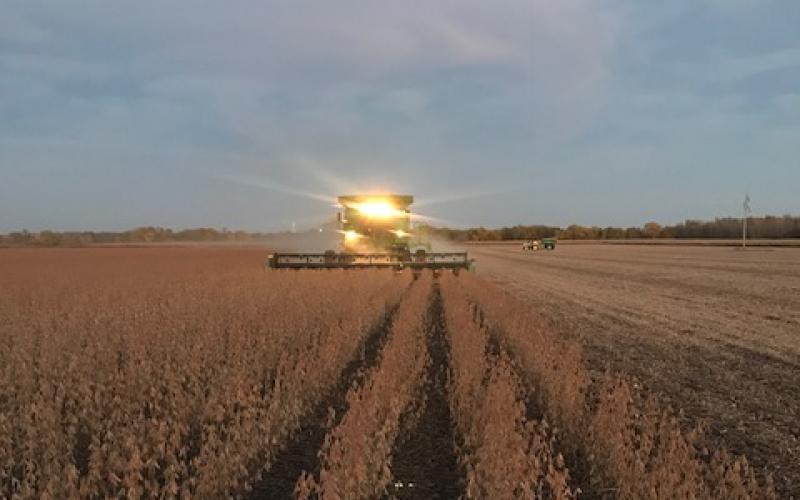
Field Studies: Blowing the Whistle on Marketing Claims
With technology surrounding today’s culture, data and marketing information has become a key part of life. The best way to determine if a product or practice is effective is to ask for the data and research backing a company’s claims. However, before a producer makes a decision, understanding the data and statistics is key.
![Graduation table display with photos, awards, and keepsakes. Courtesy: Matthew Beckler [CC BY-SA 2.0]](/sites/default/files/styles/teaser_800x500/public/2019-05/W-00220-00-graduation-gifts-presents.jpg?h=1336e95a&itok=Z37_yKAo)
Graduation Presents
With graduation season upon us, consider gifting your high school or college graduate with the necessary medical, financial and legal paperwork they're need for the next stage of their lives.
How Will You Make Hay This Year?
With plenty of spring moisture, hay season will be here before you know it. Have you considered the type of binding material you will use to put up hay this year?

Using Assets to Build Communities
A community asset is anything that a community already has that can be used to improve its quality of life. Learn some expert tips for identifying and leveraging your community's unique assets.

The Growing Threat of Cyber Attacks in Agriculture
The with growing digitalization of our food production systems, everyone should take an active role in preventing the threat of cyber-attacks.
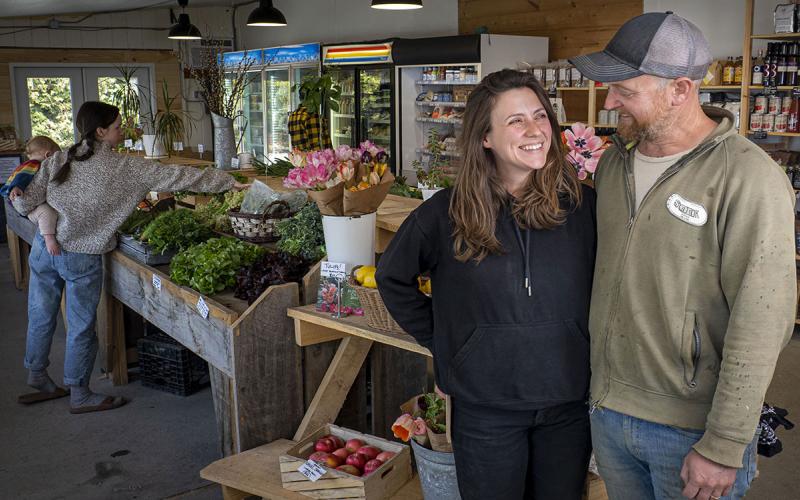
Resources to Stay Safe on Specialty Crop Farms
When was the last time you’ve thought about safety on your farm? View a collection of science-based safety resources for small and medium-scale commercial specialty crop farms from the field to the market.

What to Do About Flood-Damaged Trees
Fact sheet on what to do about flood-damaged trees
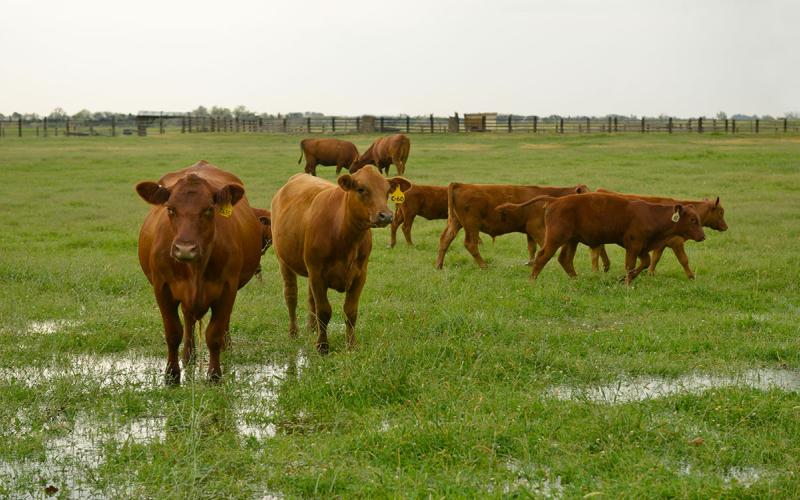
Considerations for Beef Producers Following a Flood Event
In the aftermath of a flood event, there are several different items to be considered for beef herds. View some tips and resources for protecting your family, your herd, and your bottom line following a flood.
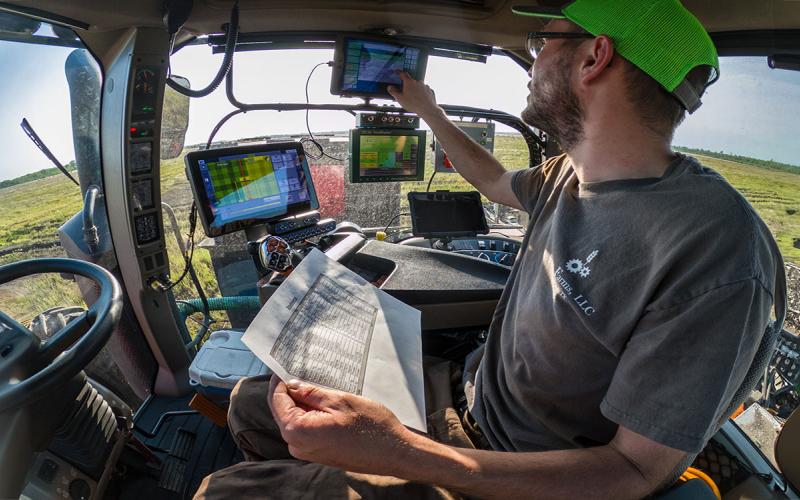
Where could cyberattacks occur in a precision agriculture system? An outlook on the system breakup.
Precision agriculture relies on cyber-physical systems that bring together sensors, computers, the internet, and farm equipment. Despite its numerous benefits, it also brings some risks to farming practices.